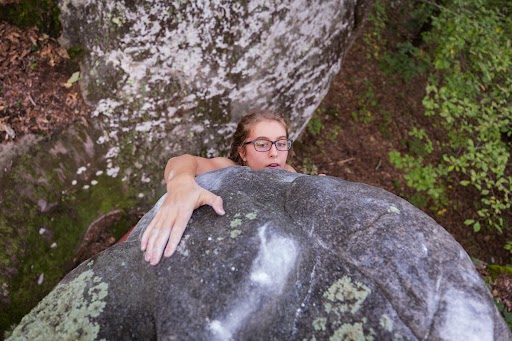GivingTuesday 2023
This Giving Tuesday, November 28,
help us support The Nature Conservancy in Alabama
for a chance to win an epic outdoor prize pack from Alabama Outdoors!
Stop into any Alabama Outdoors location or follow the link below to purchase a raffle ticket(s) for a chance to win a Solo Stove Mesa XL Tabletop Fire Pit, a Yeti Roadie 24 and a $50 gift card from Alabama Outdoors. $2/raffle ticket, no limit on ticket purchases. All proceeds will be donated to The Nature Conservancy in Alabama.
How to enter:
⇒ Click here for a list of our locations to visit and donate in-store OR
⇒ Click the donate and enter button below on November 28 between 12:00 am – 11:59pm CST to make a donation and enter the raffle online. *Winner must be able to pick up from an Alabama Outdoors location. $2 per raffle, no limit on entries. Winner will be contacted via email by December 1st.
Please see below for full list of terms + conditions.
The prize:
Solo Stove Mesa XL Tabletop Firepit
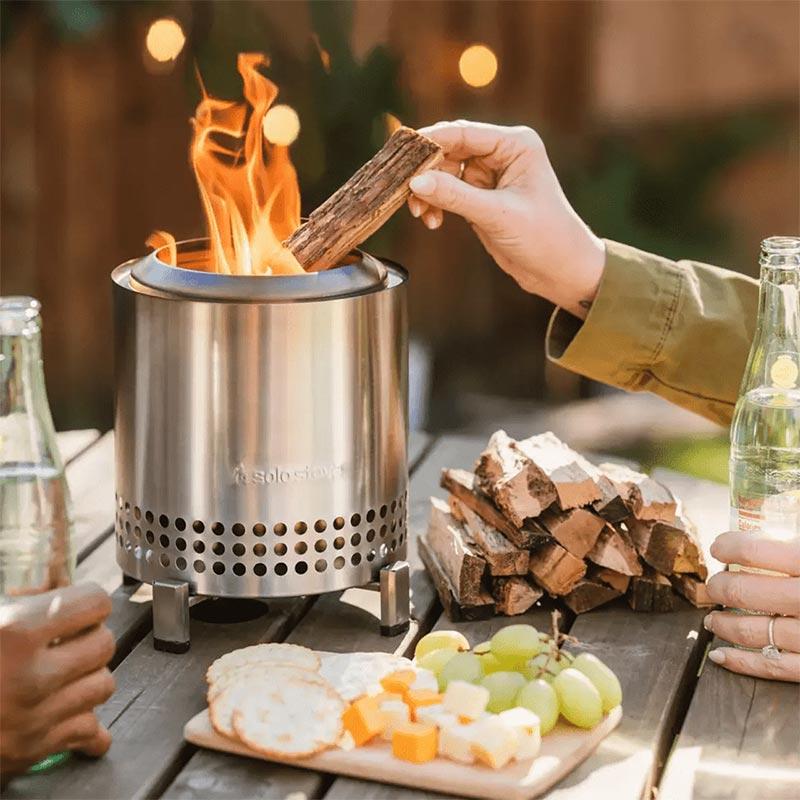 Everyone loves a good fireside, and with the Solo Stove Mesa XL Tabletop Firepit, you can be fireside wherever you like thanks to this convenient and portable firepit. This on-the-go fire pit comes with a stand for the perfect ventilation and a carrying case to conveniently take it wherever you can have a small fire for ambience, warmth, and smores! Set it up in seconds with the easy-to-use stand and enjoy the low-smoke design as it provides unrivaled warmth and comfort. Don’t worry about cumbersome fuels and specialty heat sources, this firepit works au natural with logs, kindling, pellets, and any other safe-to-burn materials. So sit back, grab the smores, and enjoy this firepit on the go whenever, wherever.
Everyone loves a good fireside, and with the Solo Stove Mesa XL Tabletop Firepit, you can be fireside wherever you like thanks to this convenient and portable firepit. This on-the-go fire pit comes with a stand for the perfect ventilation and a carrying case to conveniently take it wherever you can have a small fire for ambience, warmth, and smores! Set it up in seconds with the easy-to-use stand and enjoy the low-smoke design as it provides unrivaled warmth and comfort. Don’t worry about cumbersome fuels and specialty heat sources, this firepit works au natural with logs, kindling, pellets, and any other safe-to-burn materials. So sit back, grab the smores, and enjoy this firepit on the go whenever, wherever.
- The Solo Stove retains heat on the surface and should be treated like any other fire
- Dual Fuel Grate
- Weight: 2.3 lbs
- Diameter: 7 in
- Height: 8.6 in
- Material(s): Stainless steel, ceramic
Yeti Roadie 24
 Made for the road and ready to go- The Roadie 24 Hard Cooler packs more while taking less space. It’s built tall to accommodate critical bottles of wine and slim enough to squeeze behind the driver’s or passenger’s seat of a car. Now that’s what we call a road trip buddy.
Made for the road and ready to go- The Roadie 24 Hard Cooler packs more while taking less space. It’s built tall to accommodate critical bottles of wine and slim enough to squeeze behind the driver’s or passenger’s seat of a car. Now that’s what we call a road trip buddy.
- Fits 33 cans (only)
- Fits 26 lbs of ice (only)
- Wine bottle compatible
- Weight: 13.1 lbs (empty)
- Exterior dimensions: 16.6″W x 14″D x 17.4″H
- Interior dimensions: 10.8″W x 8.1″D x 13.4″H
Plus, a $50 Alabama Outdoors Gift Card!

About The Nature Conservancy in Alabama:
The Nature Conservancy has protected more than 200,000 acres in Alabama since the chapter was formed in 1989. From rare and endangered plants and animals to prairies, forests and the Gulf coast, The Nature Conservancy is working to protect Alabama for people and nature. Help us ensure a future in which people and nature can thrive.
WE LOVE ALABAMA. Cahaba. Paint Rock. Walls of Jericho. Little River Canyon. Talladega. Splinter Hill Bog. Mobile-Tensaw. The Gulf. Ask yourself about the places you, your family, and your friends love in Alabama, and the answers inevitably revolve around our iconic lands and waters.
Alabama’s rivers and streams, marshes, forests, coasts, and mountains are the beating heart of a biologically diverse landscape like none other on Earth. Our state is the center of the world’s biological diversity of freshwater invertebrates and the continental center of diversity for many other plants and animals. There are hundreds of species in Alabama that are found nowhere else on Earth.
This is our Alabama, and it is time for nature to depend on us. It is time to protect more of these places, more of our fresh water, and more clean air so that we, and the plant and animals that live here with us, can continue to enjoy these resources. We must address the unprecedented pressure we are placing on our natural world.
From the water, air, and food we need for life to the resources that provide recreation and energy, our ability to thrive and prosper depends on the choices we make right now.
You can help us with the critical work of conservation in Alabama.
Raffle Terms + conditions:
- Raffle tickets can be purchased in any Alabama Outdoors location or on our website at this link on Tuesday, November 28, 2023.
- The raffle period will end on November 28, 2023 at 11:59pm CST.
- Raffle tickets are $2 each and there is no limit to the amount you can purchase. (i.e. Quantity of 5 = 5 Entries = $10 donation)
- Each raffle order/in-store purchase will be assigned a random number, and the winner will be chosen at random and notified via email by Friday December 1, 2023.
- Online raffle tickets orders will receive an order confirmation for your donation and your order will automatically enter you into the raffle.
- All participants must provide a valid email address to be notified at if they win.
- Winner must be able to pick up the prize at an Alabama Outdoors location.
- We are giving away 1 Solo Stove Mesa Tabletop Firepit, a Yeti Roadie 24, and a $50 Alabama Outdoors gift card. Total value of the prize is $409.99
- All proceeds will be donated to The Nature Conservancy in Alabama.
- Non transferrable. No substitutes. Cannot be returned or redeemed for any other item or amount.
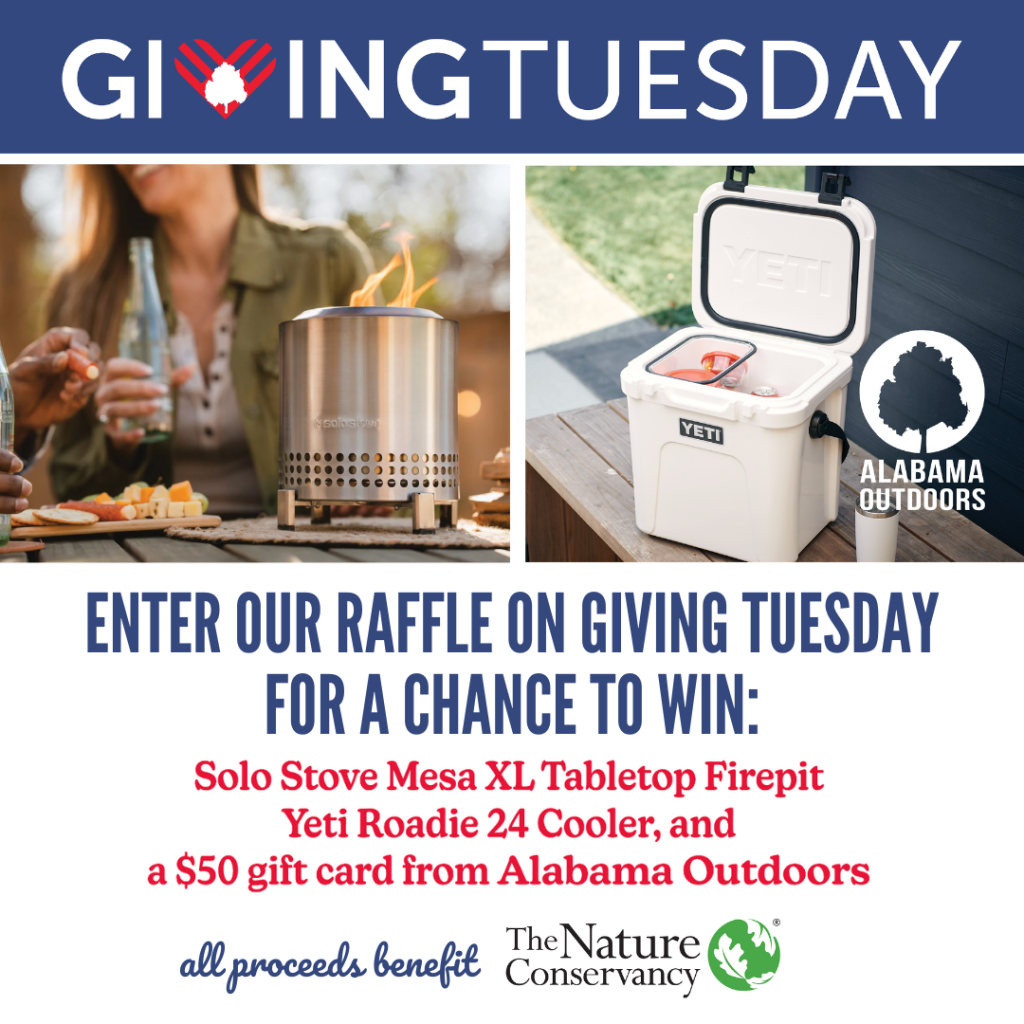


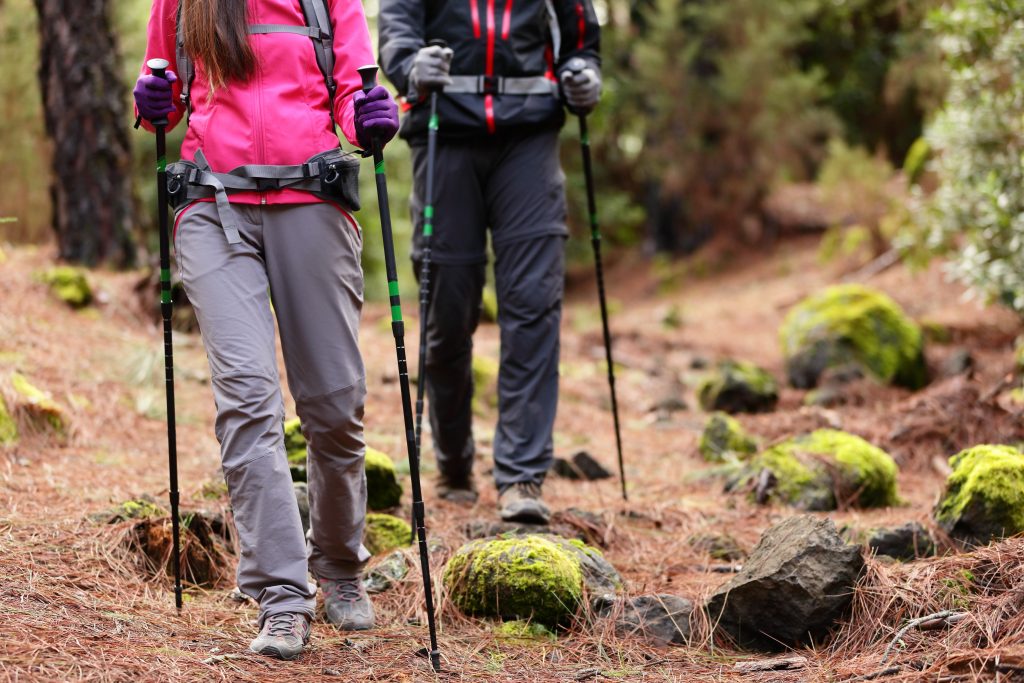
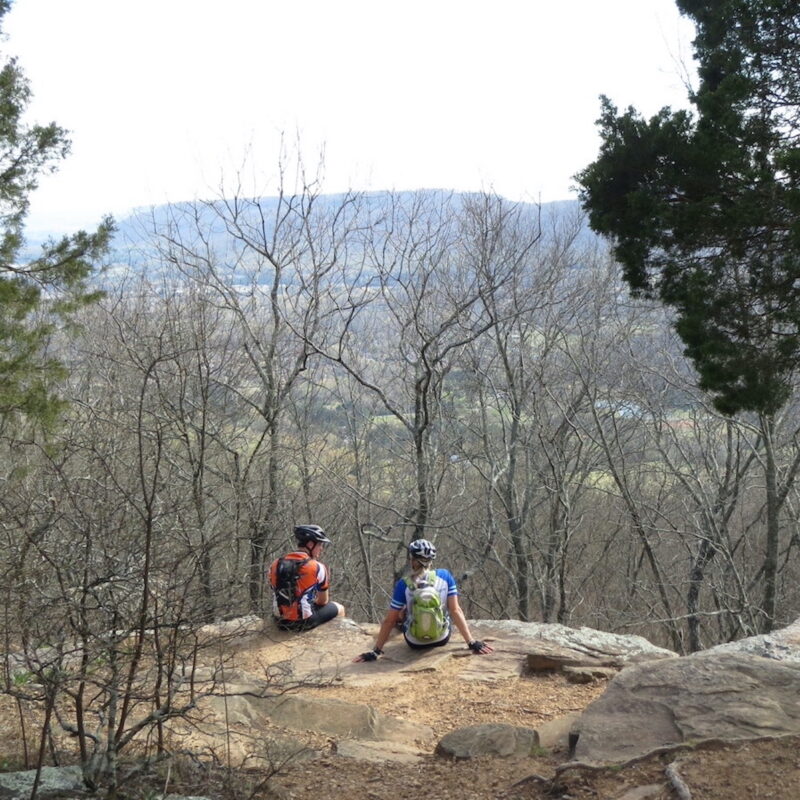
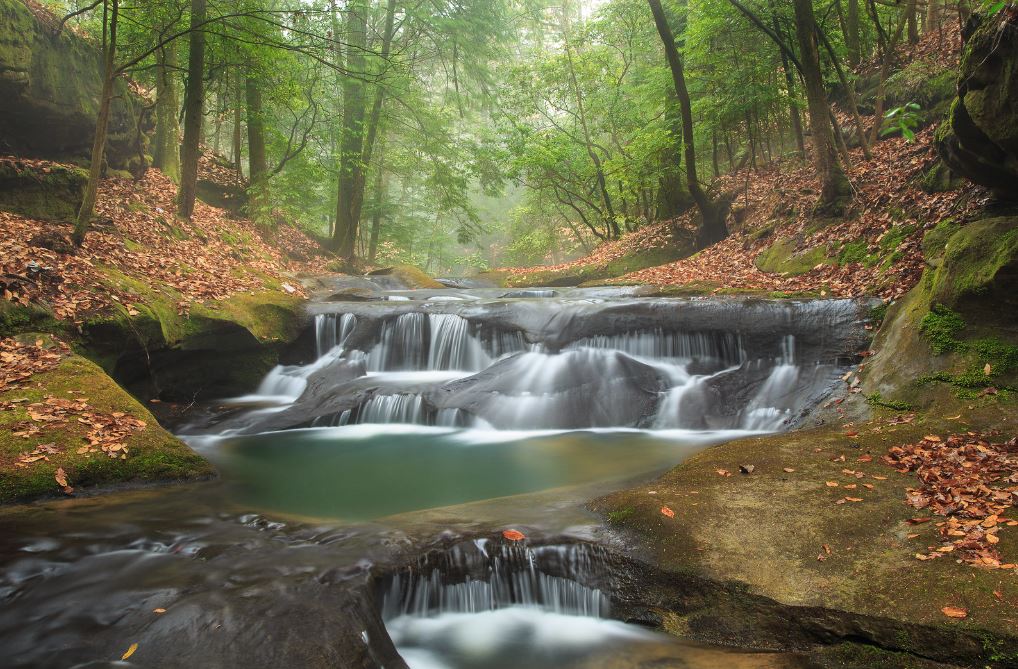
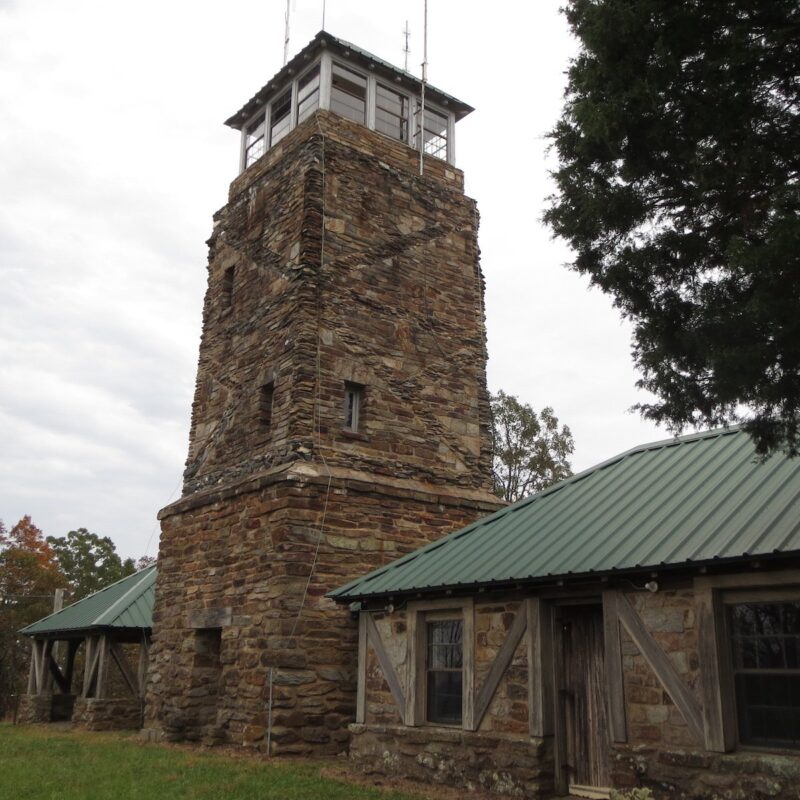
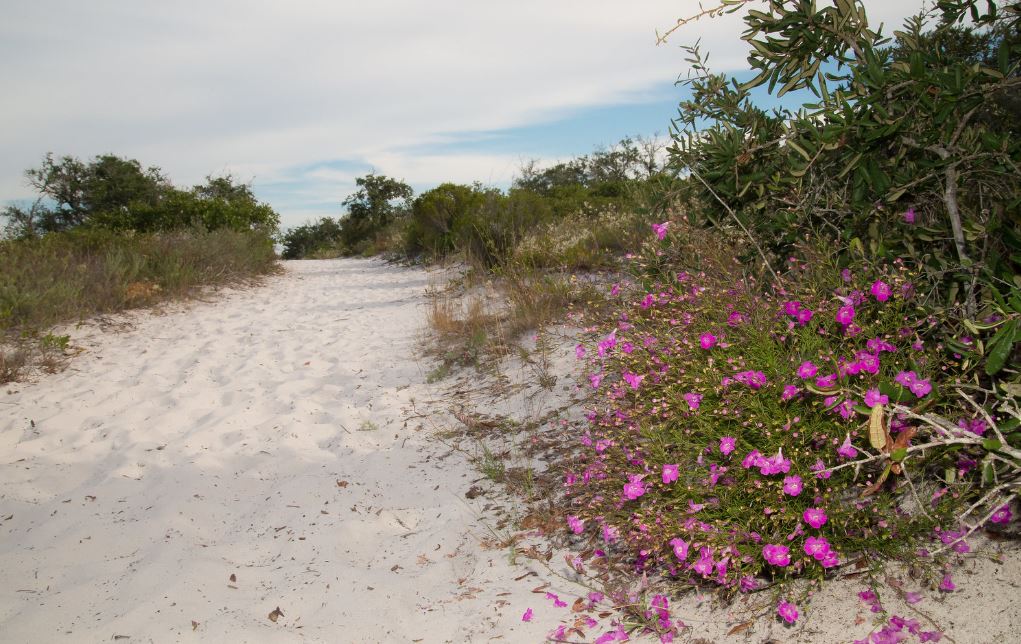

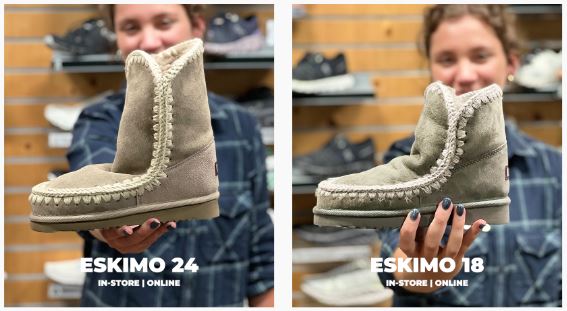
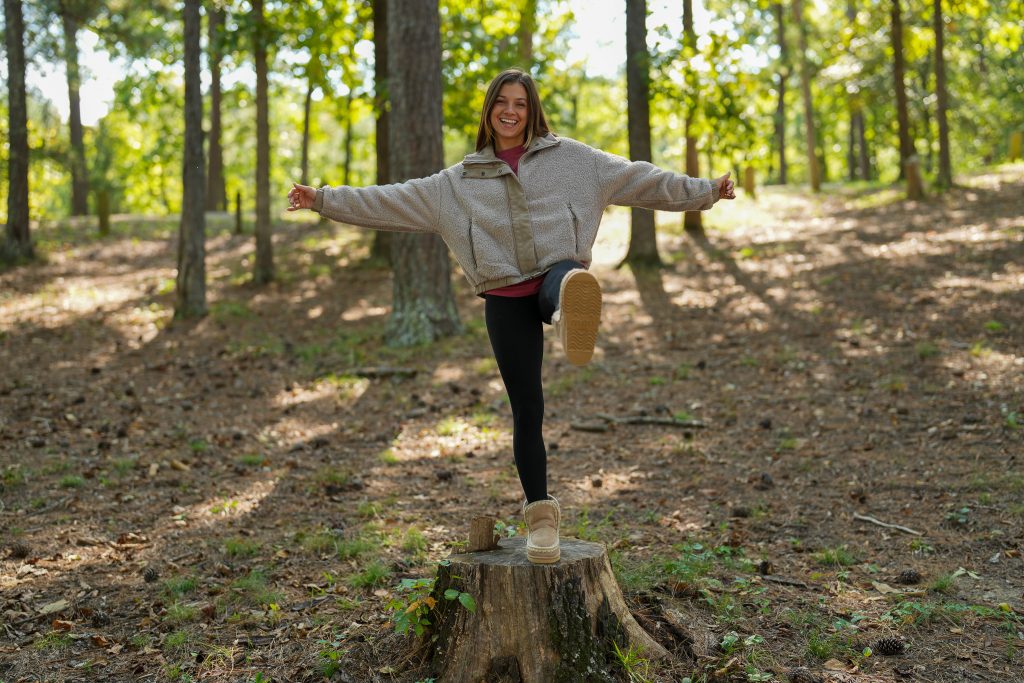
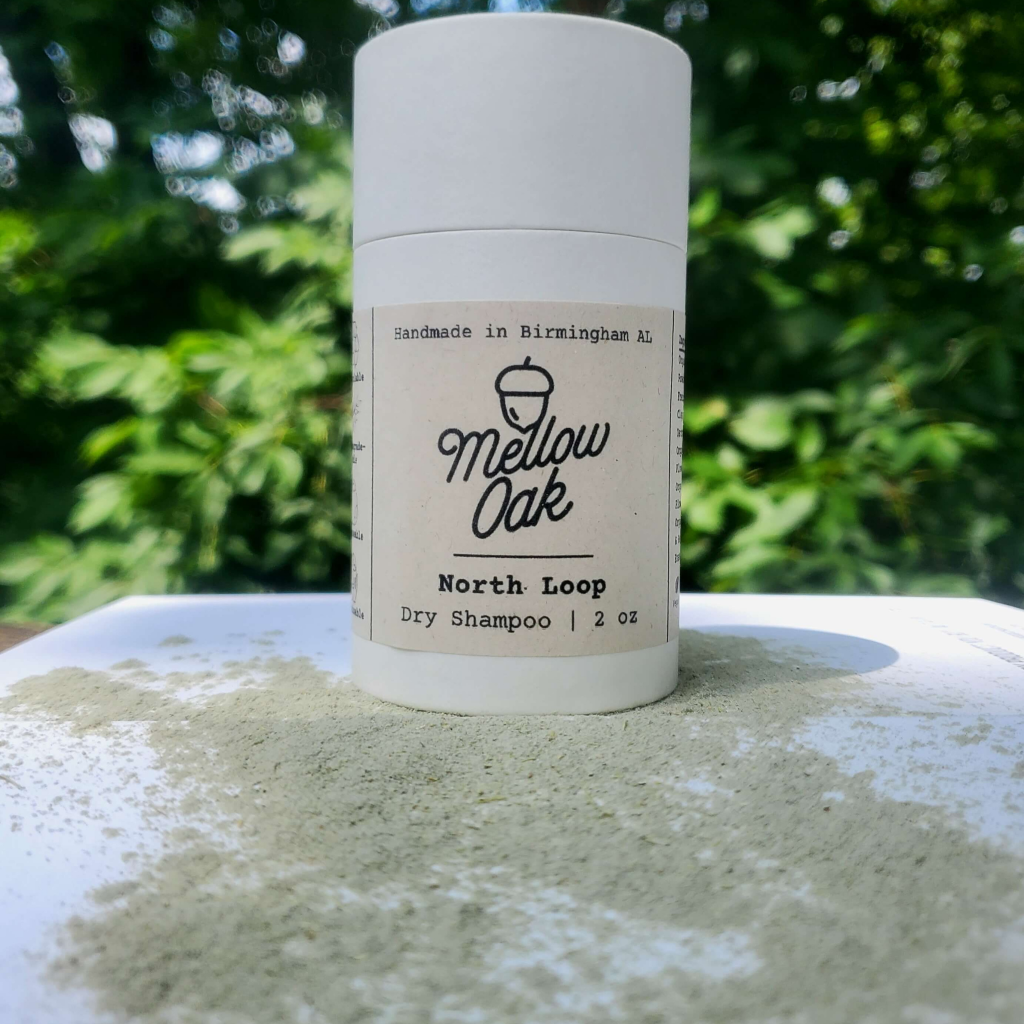
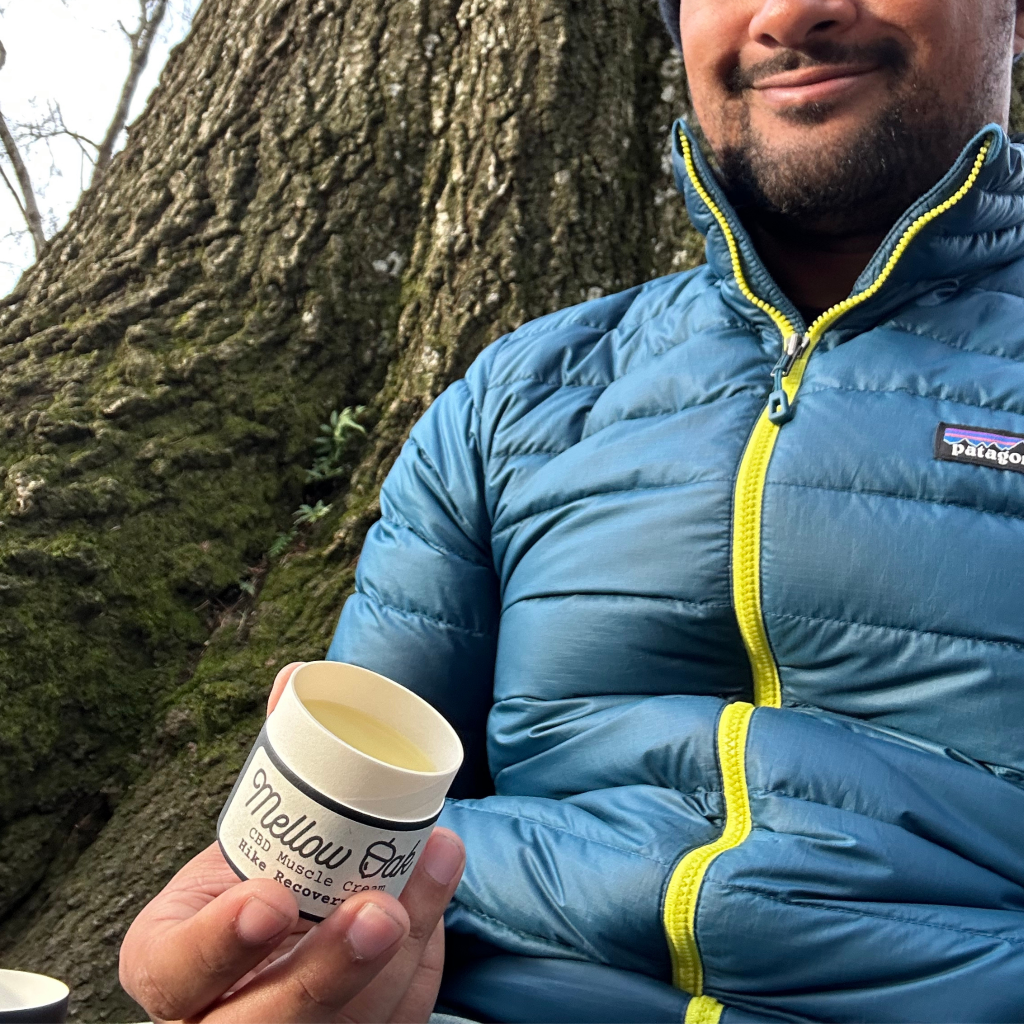

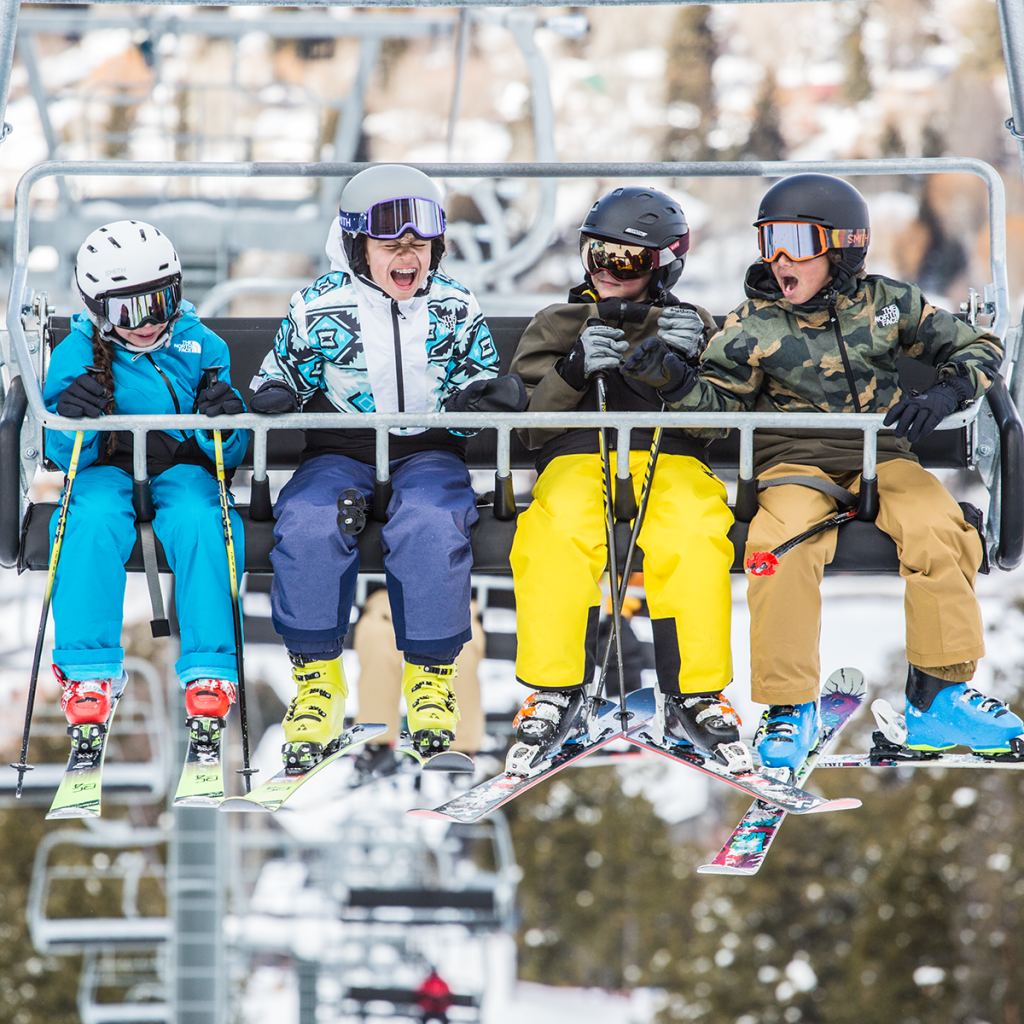
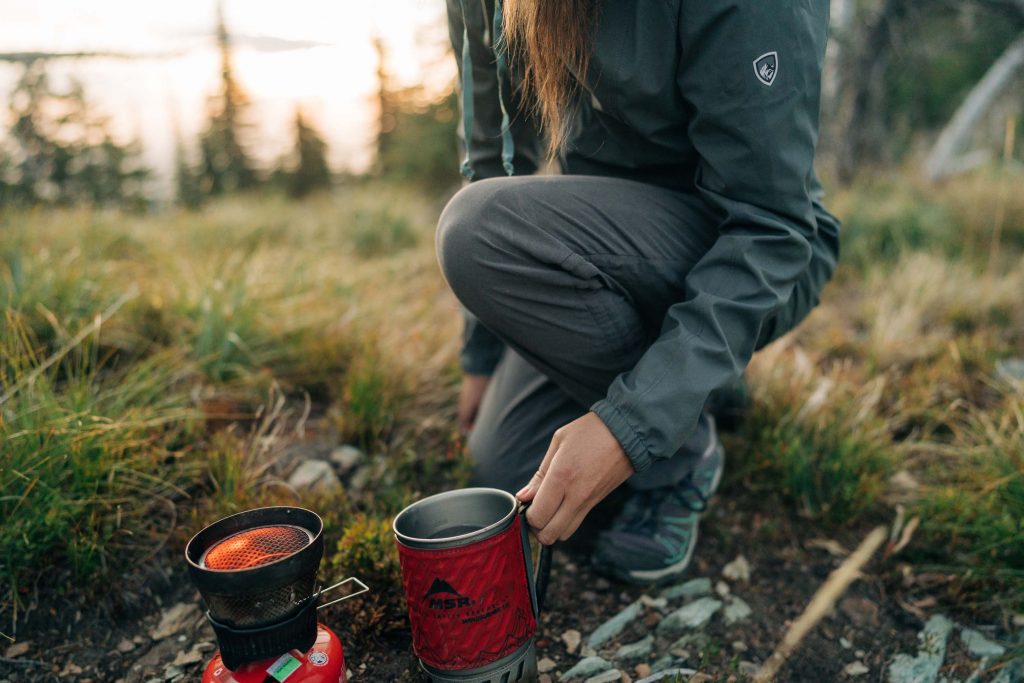 Please note: due to local and state guidelines surrounding the Covid-19 pandemic, some information below may not be accurate. Before you travel and plan your next adventure, make sure to check each business/park/campsite for any closures or guidelines and for the most up to date information. Enjoy your next winter hike in Alabama this season!
Please note: due to local and state guidelines surrounding the Covid-19 pandemic, some information below may not be accurate. Before you travel and plan your next adventure, make sure to check each business/park/campsite for any closures or guidelines and for the most up to date information. Enjoy your next winter hike in Alabama this season!
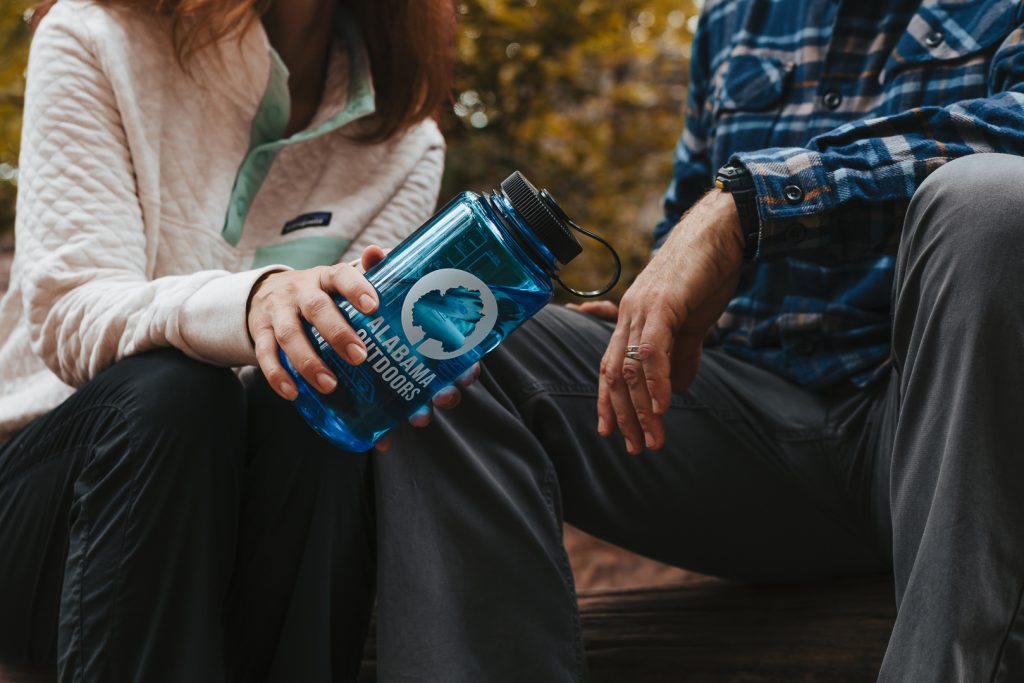

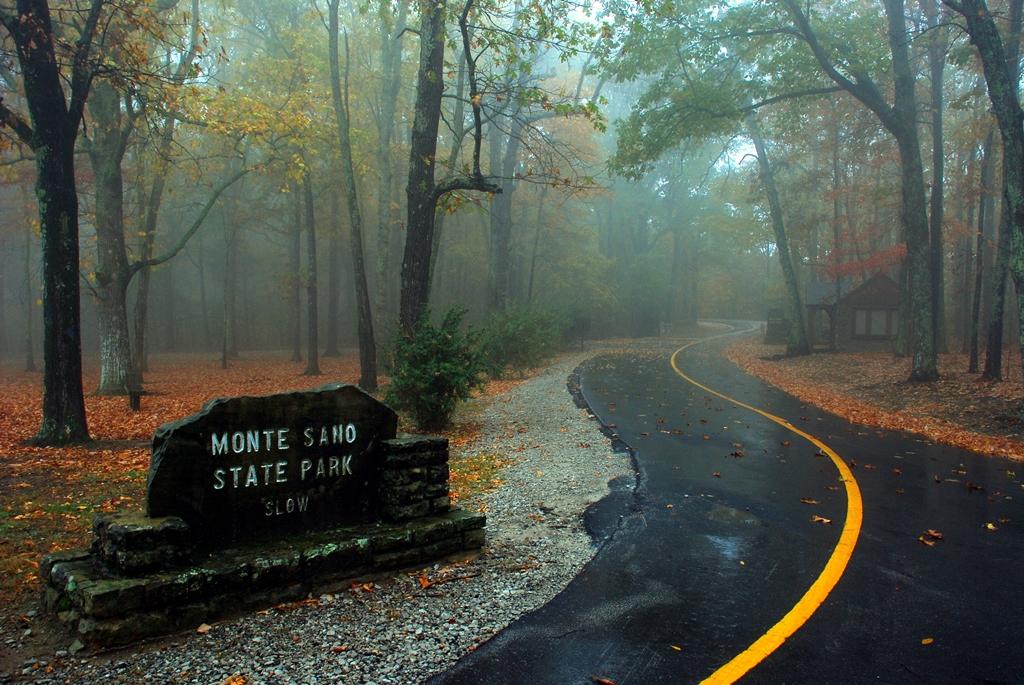
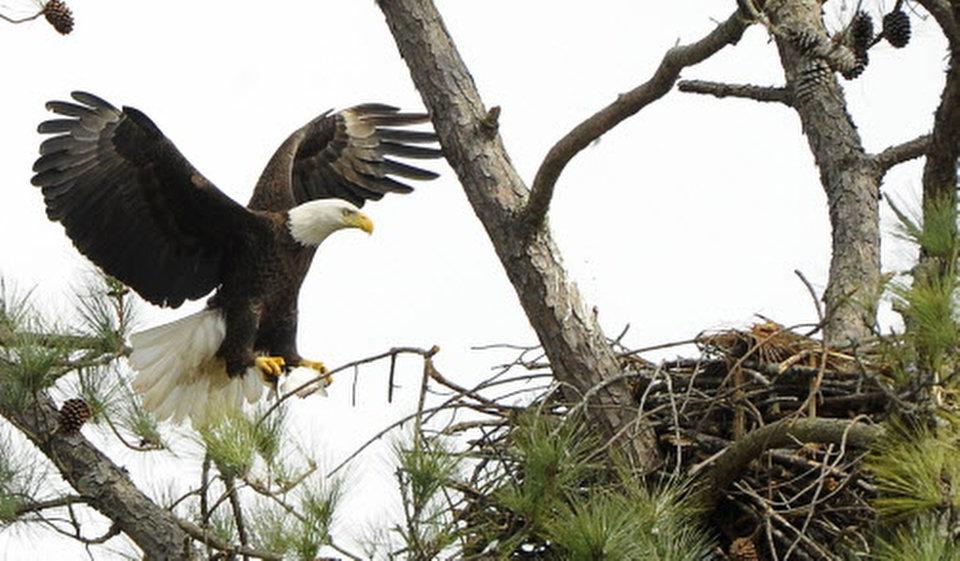
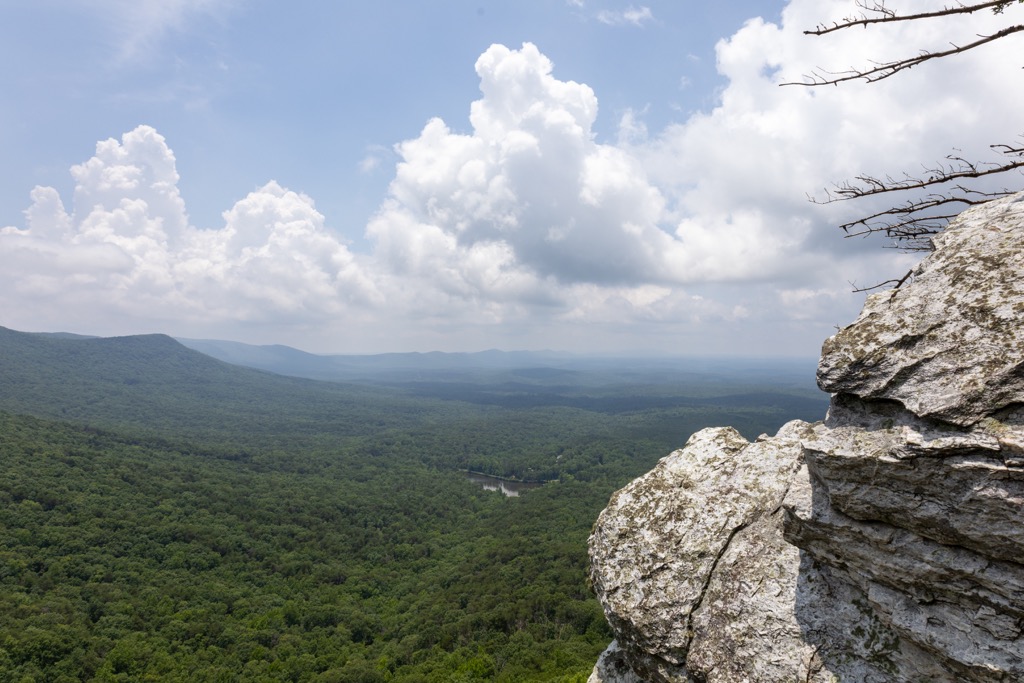
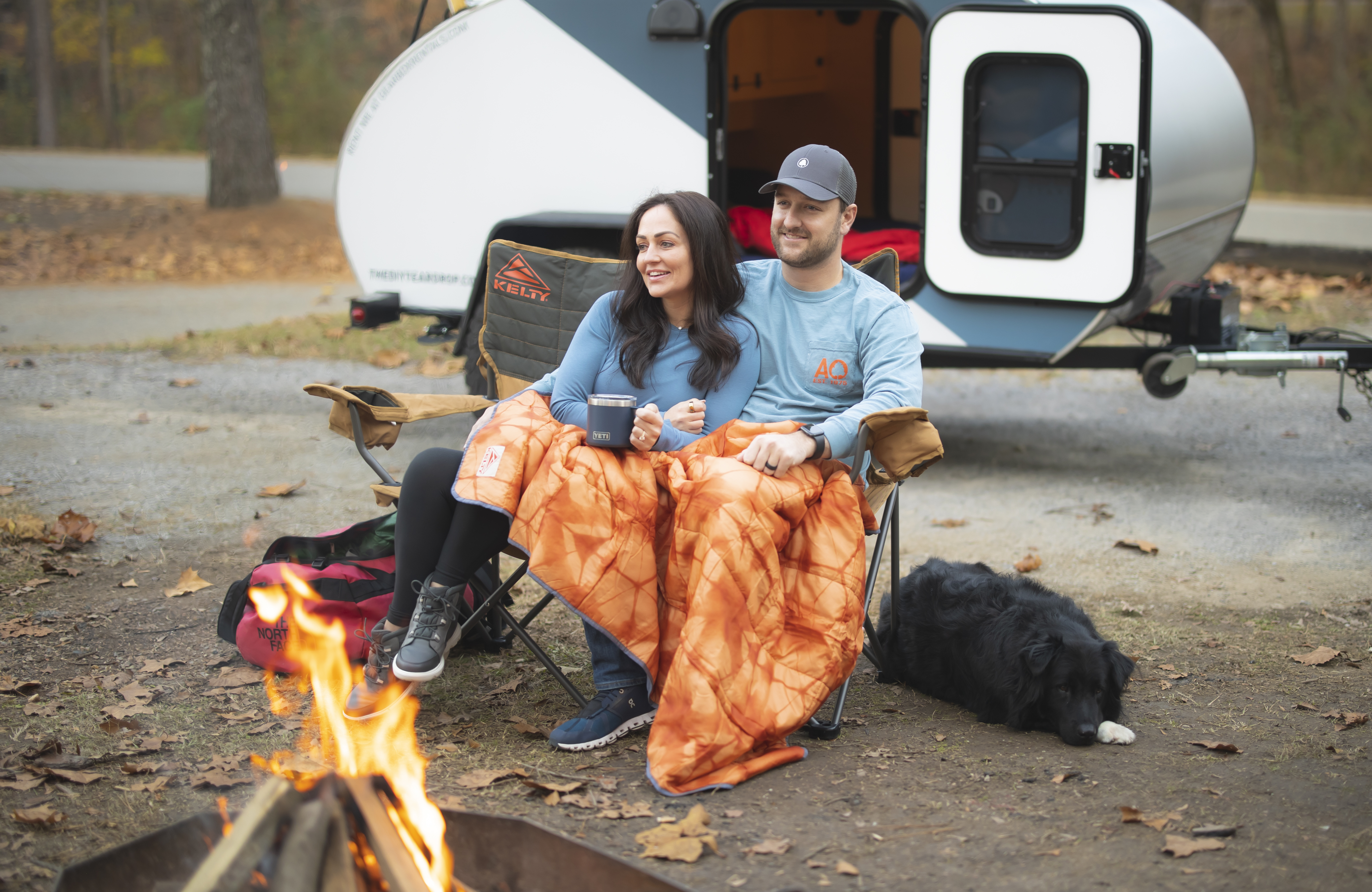
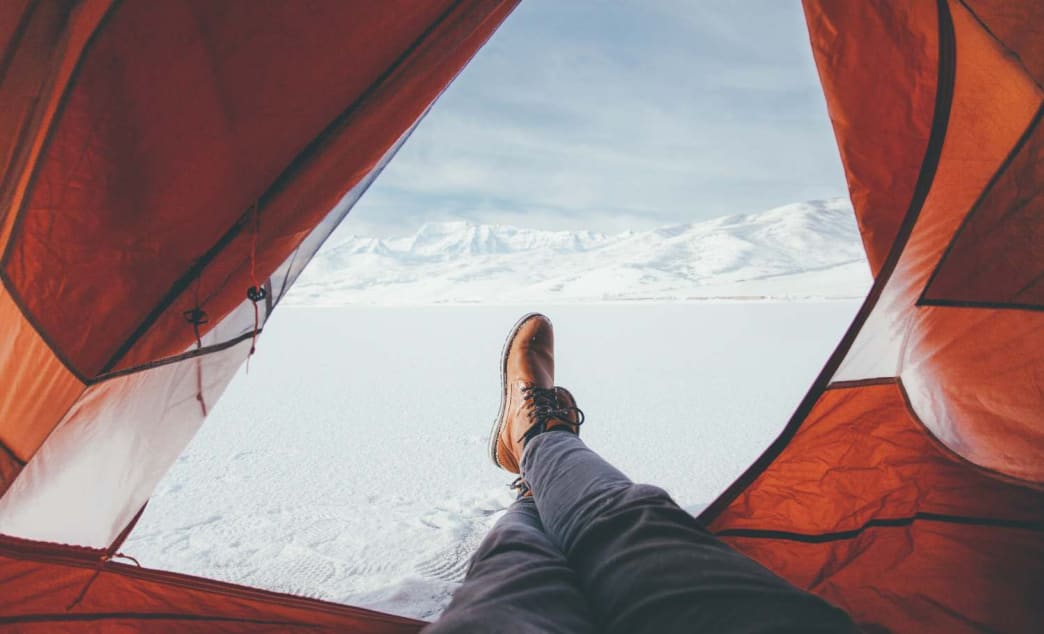








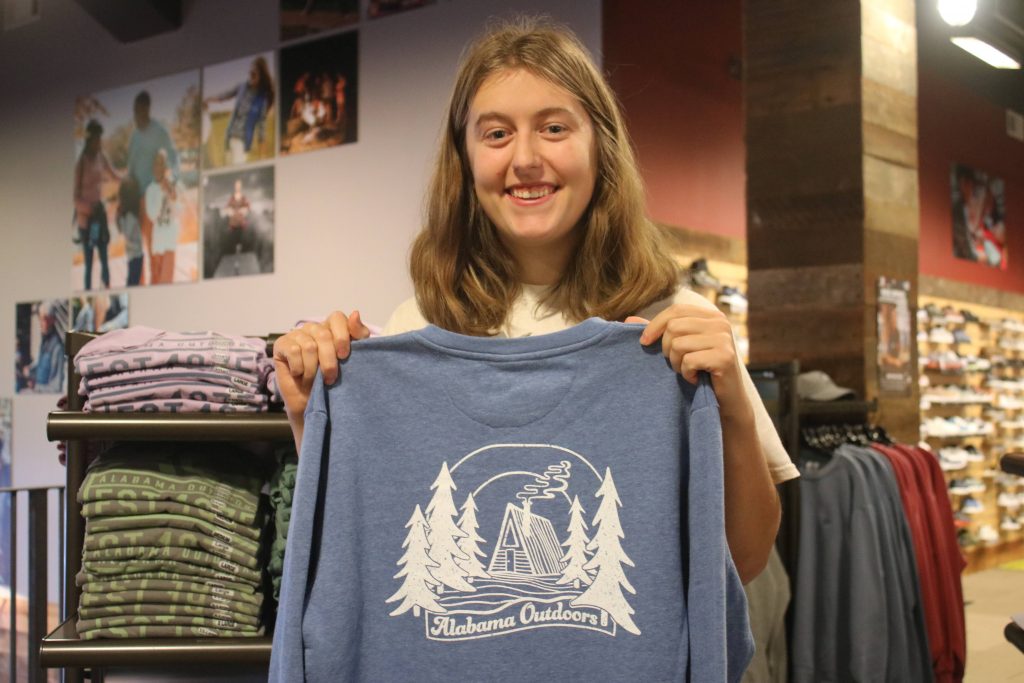
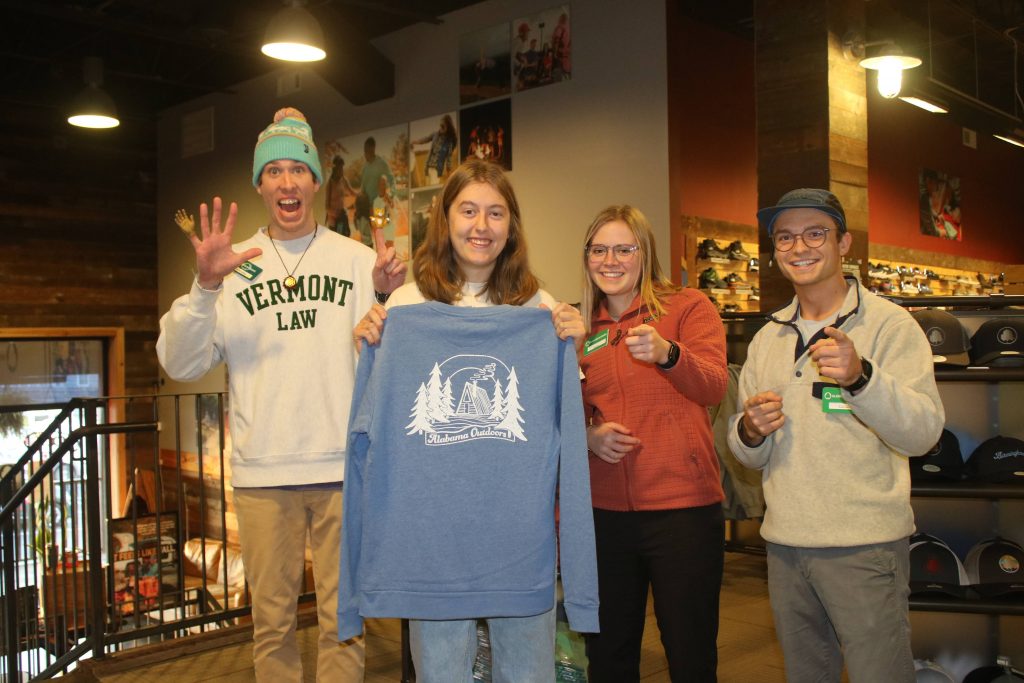 Q: Were you familiar with Alabama Outdoors before? If so, tell us a little about that.
Q: Were you familiar with Alabama Outdoors before? If so, tell us a little about that.